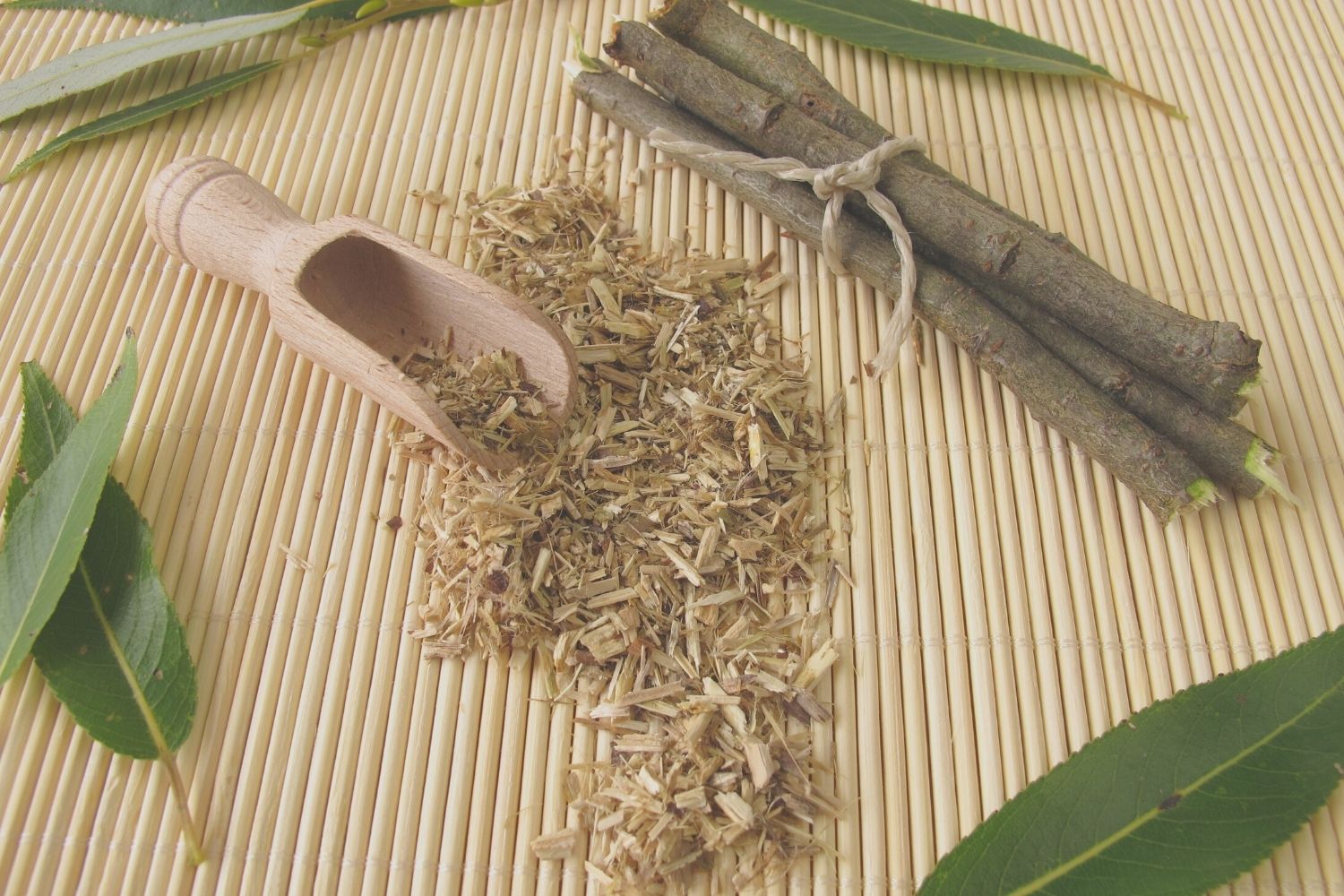You may have heard of willow bark when researching hydroxy acids like salicylic acid, that’s because black willow bark is essentially one of the best-known plant sources of salicylic acid. This means it can act as a natural alternative to chemical exfoliants and effectively exfoliate your skin while clarifying your pores. Black willow bark comes from the willow tree found in eastern North America, this tree contains salicin which is a similar active found in salicylic acid. So, what can willow bark do for you and is it an effective natural alternative?
1. Hydrates & calms your complexion. The salicin found in willow bark has very strong anti-inflammatory properties that can help alleviate irritation and hyperpigmentation. The gentle effect of willow bark means it works perfect for those who experience cystic breakouts that are often very red and inflamed. This ingredient can also be the perfect addition to a sensitive skin care routine. If you have sensitive skin that is often irritated by skincare products, finding something that contains willow bark can help give you exfoliation without all the issues. The phytonutrients found in willow bark also help your skin retain moisture for long-lasting hydration and a soothing effect.
2. Shrinks & clarifies pores. Similar to salicylic acid, willow bark shares the effective exfoliating properties that work to remove dead skin cells from the surface layer of the skin. Through this process, willow bark is able to rid your skin of any dirt, oil or bacteria build-up that could be clogging your pores and leading to imperfections. The tannins found in willow bark are highly astringent, which means they work to shrink body tissue. This ingredient may work to shrink your enlarged pores and make them appear smaller. The astringent property also helps to balance excess oil production in your pores that eventually lead to breakouts.
3. Fights breakouts. As previously mentioned, willow bark demonstrates great exfoliating abilities. These abilities are necessary in combating blemishes because dead skin, dirt and oil build-up can clog pores and lead to increased breakouts. The amazing thing about willow bark is that it is gentle and non-irritating, so it’s safe for all skin types and will properly exfoliate your skin without irritating your acne.
4. Demonstrates anti-aging abilities. Antioxidants work best to combat fine lines and wrinkles and the flavonoids found in willow bark are high in antioxidant properties, making it a great ingredient for anti-aging. A 2010 study looked at the topical use of salicin and found that it led to the improvement of fine lines, wrinkles and skin texture. This is mostly due to the exfoliation that helps shed dead skin cells on the skin’s surface and encourages the appearance of new, healthy, glowing skin cells.
5. Protects skin from free radical damage. Free radicals like the sun and air pollution, can damage your skin’s surface by causing discoloration, fine lines and dryness. The flavonoids found in willow bark can help inhibit skin damage caused by excess UV ray exposure. Willow bark can help decrease the damage caused to your skin by the sun but you should also be wearing sunscreen of course.
How to use willow bark.
Willow bark can be used by any skin type because it is a very gentle ingredient that won’t cause irritation to your skin. It works best when applied topically in a serum or cleanser and can really help you effectively exfoliate your skin. If you are looking to start your skin care routine with willow bark, FYAB Health’s Foaming Facial Cleanser is formulated with willow bark to refine your pores and gently exfoliate while cleansing your skin for a clean slate. If serums are more your thing, FYAB’s Renewal Serum has been optimally curated to exfoliate your skin through the combination of exfoliants like willow bark, pineapple extract, AHAs and more.
SOURCES:
Gopaul, R., Knaggs, H. E., Lephart, J. F., Holley, K. C., & Gibson, E. M. (2010). An evaluation of the effect of a topical product containing salicin on the visible signs of human skin aging. Journal of cosmetic dermatology, 9(3), 196–201. https://doi.org/10.1111/j.1473-2165.2010.00512.x
Shara, M., & Stohs, S. J. (2015). Efficacy and Safety of White Willow Bark (Salix alba) Extracts. Phytotherapy research : PTR, 29(8), 1112–1116. https://doi.org/10.1002/ptr.5377
Arif T. (2015). Salicylic acid as a peeling agent: a comprehensive review. Clinical, cosmetic and investigational dermatology, 8, 455–461. https://doi.org/10.2147/CCID.S84765


No responses yet